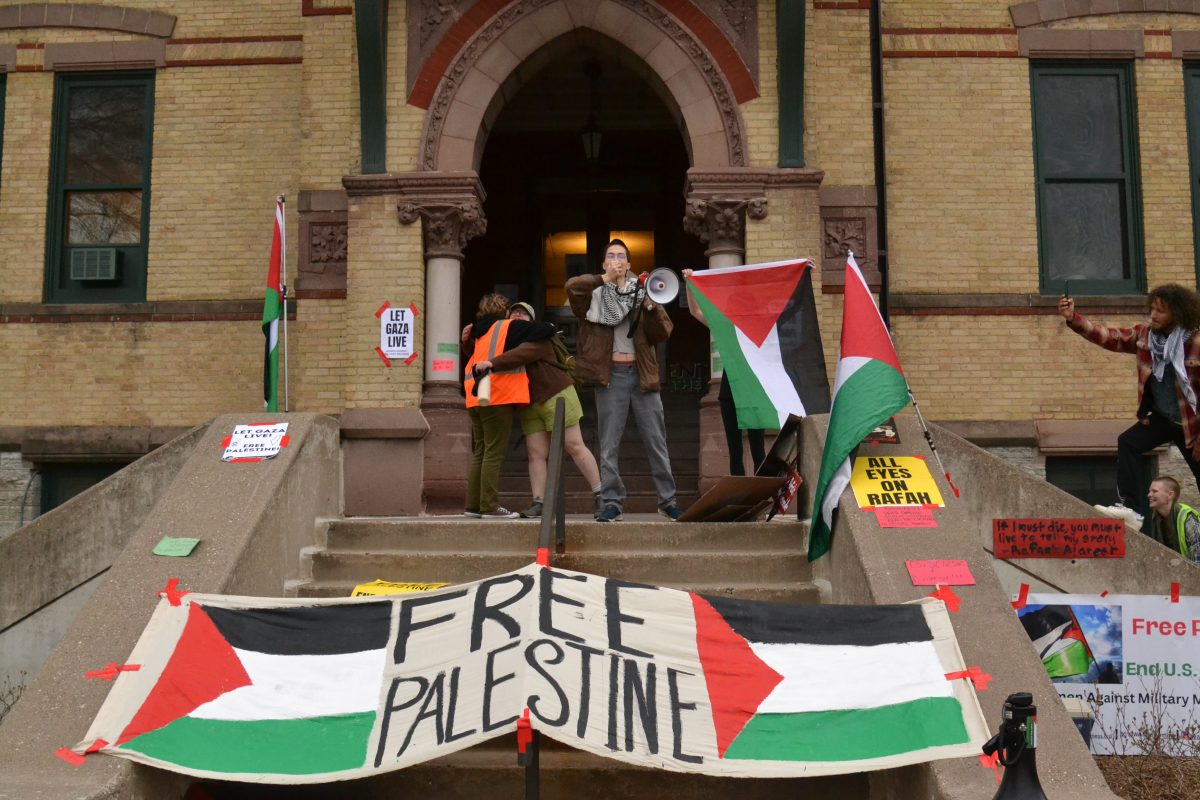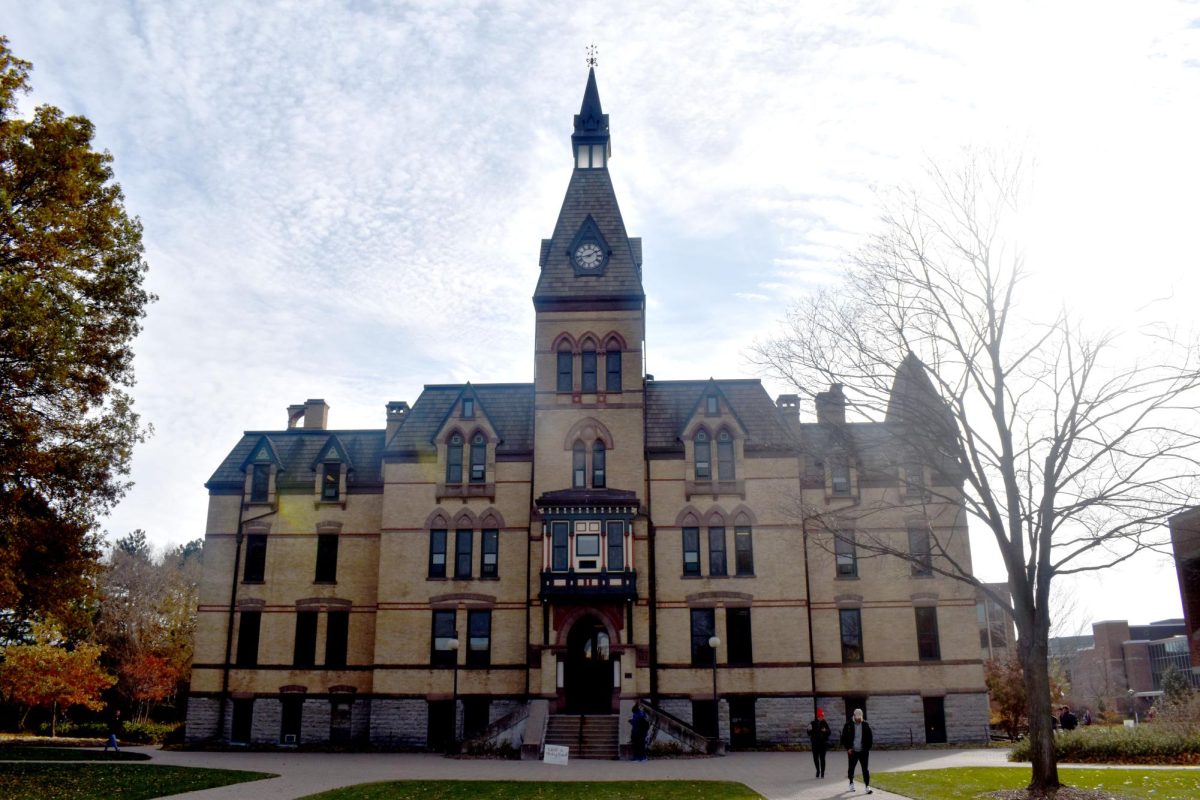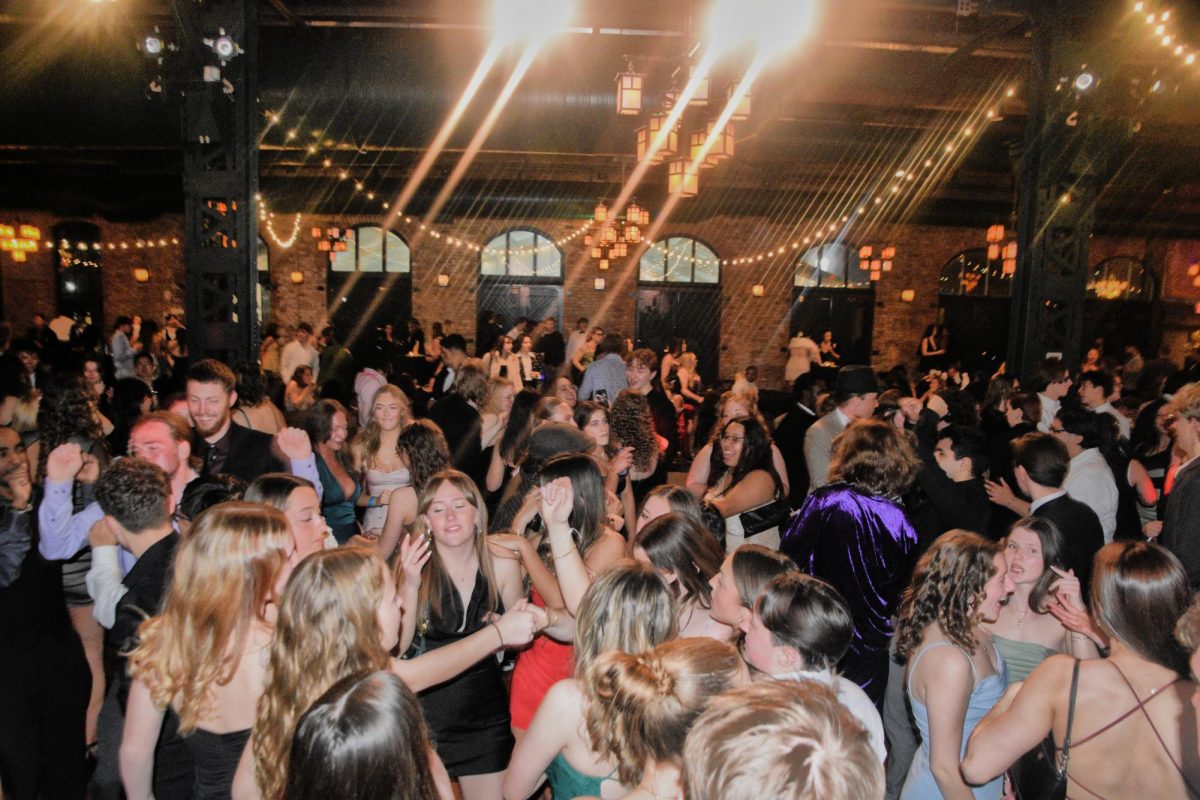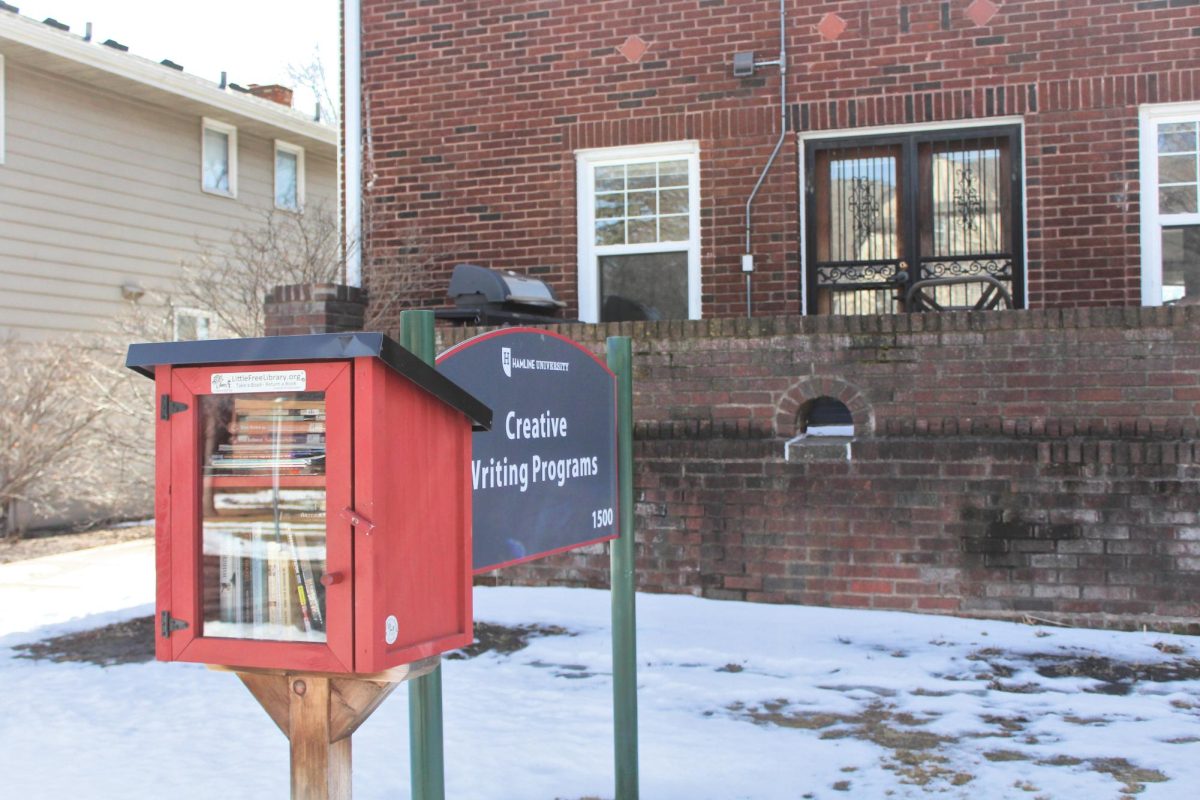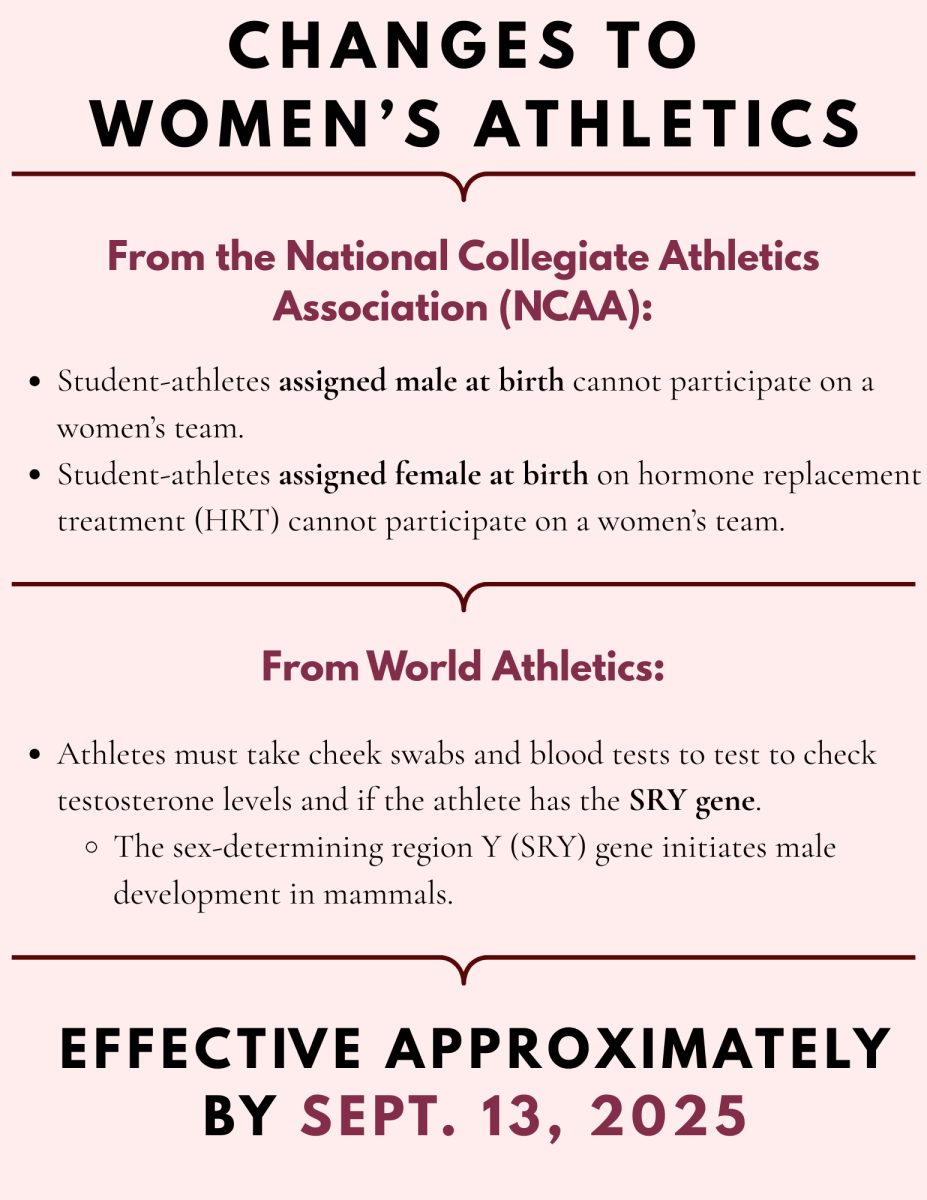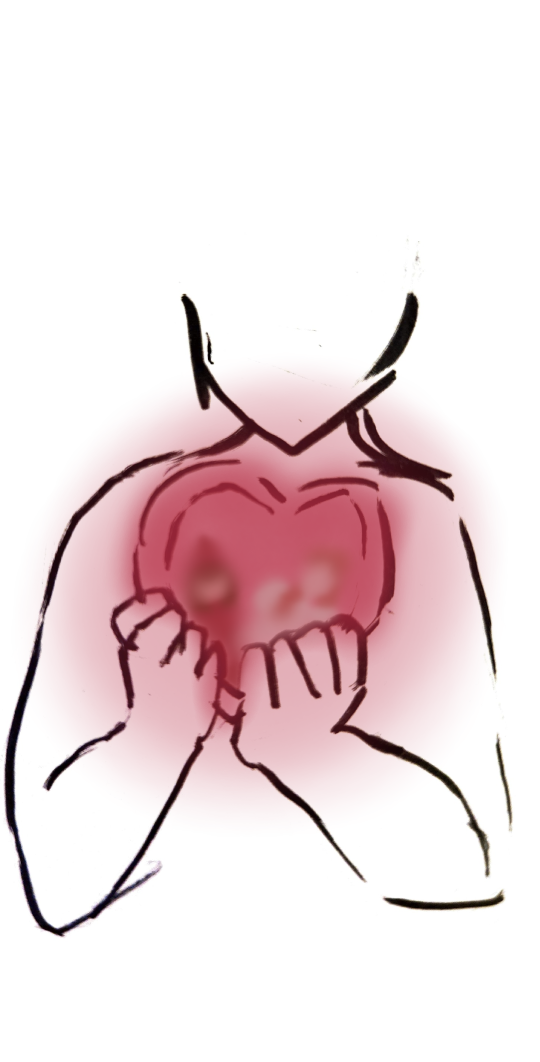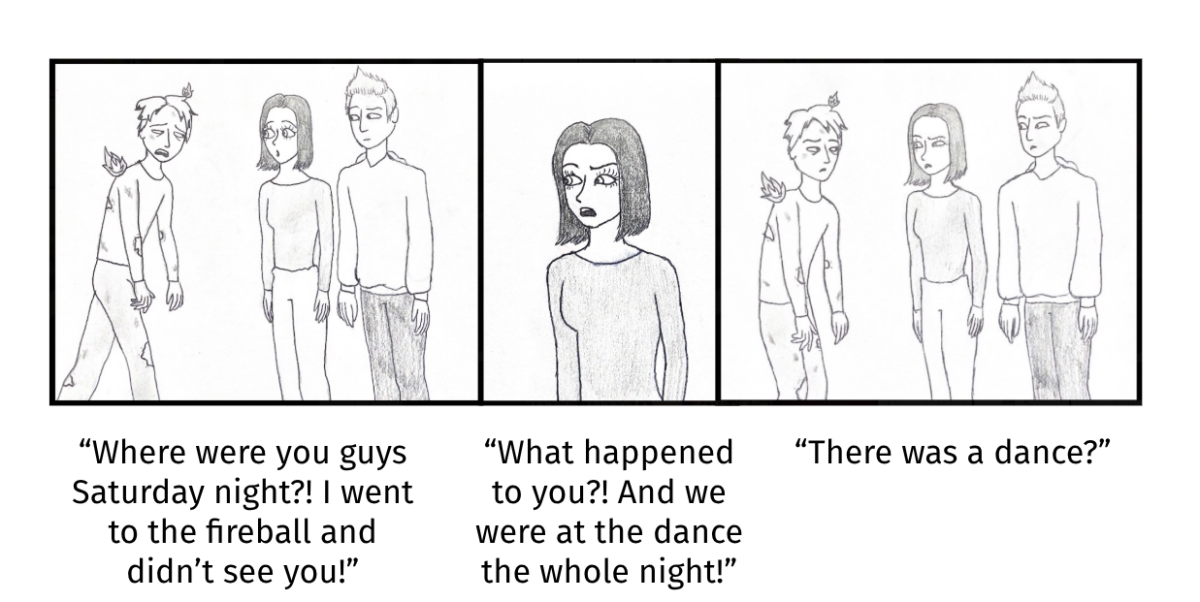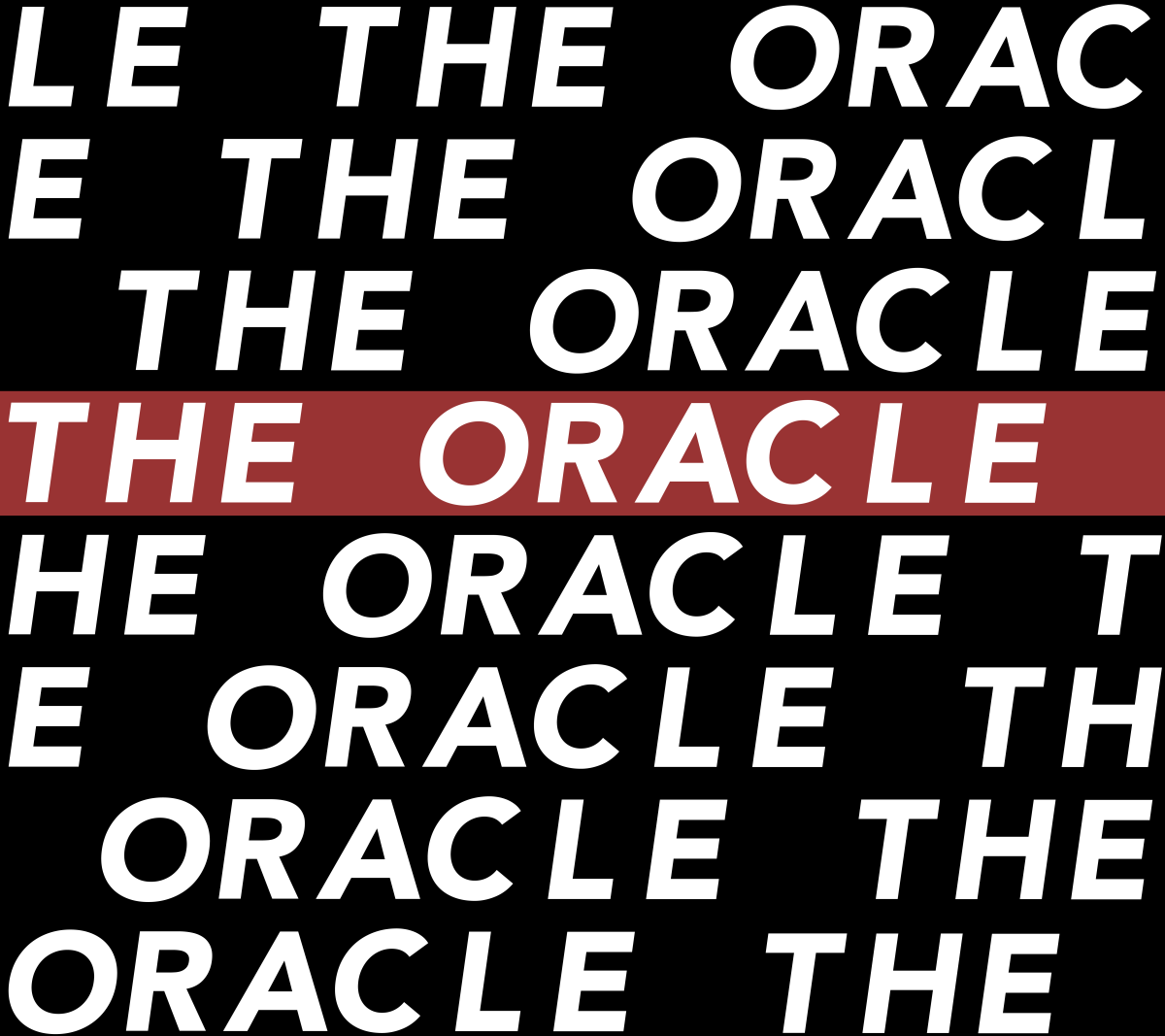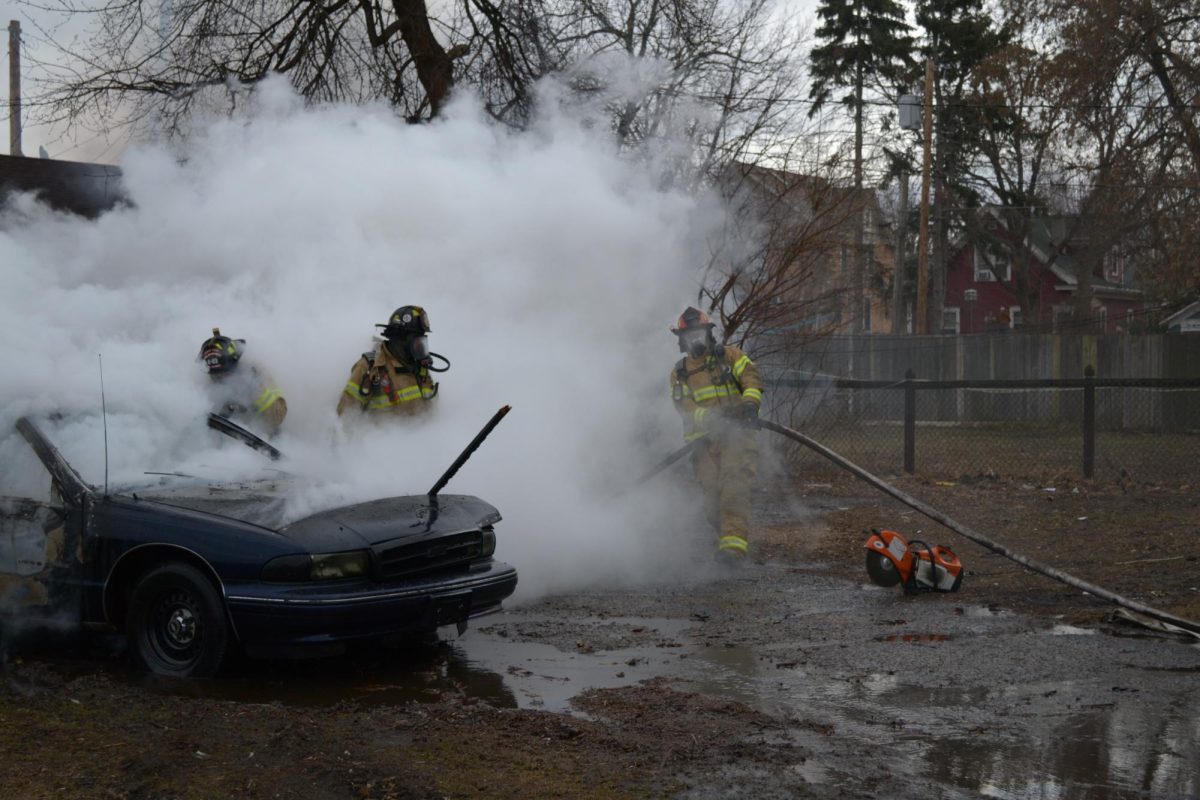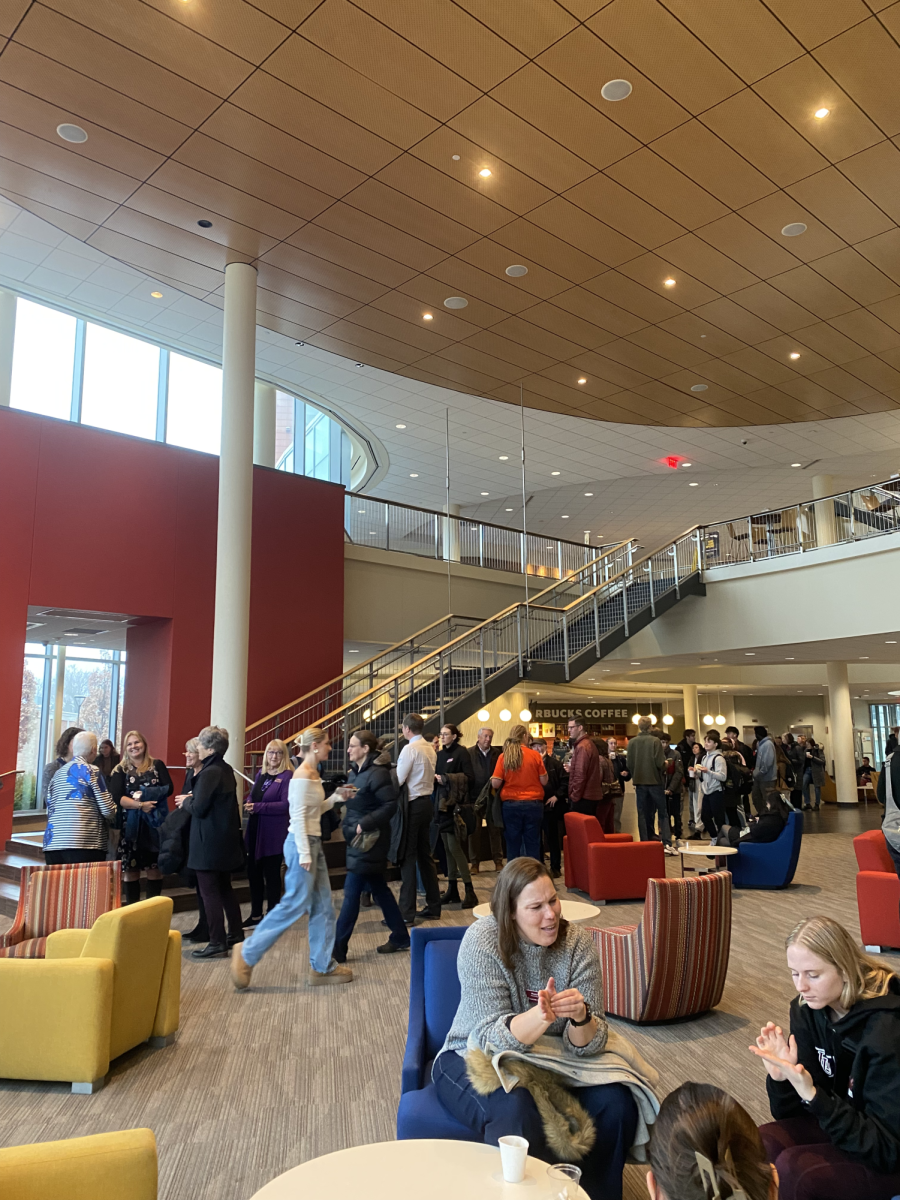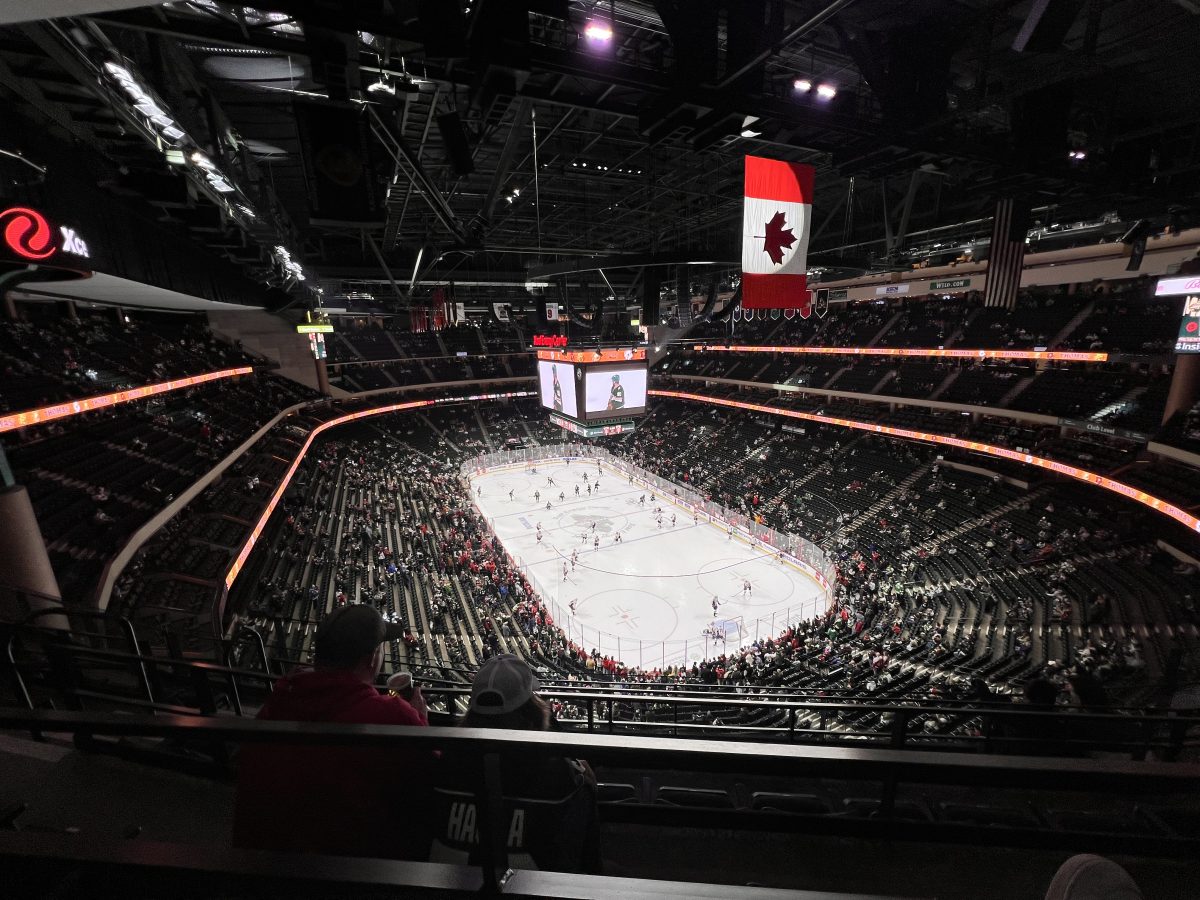After over 29 uncertain hours, negotiations between student protestors occupying the Provost’s Office and administration reached an agreement that concluded the occupation.
President Murray, communicating to students through Dean of Students Patti Klein-Kersten, Interim Provost Andy Rundquist and Associate Dean of Students Carlos Sneed, agreed to full amnesty from disciplinary action for the students and to a meeting on Monday at 4:30 p.m. with herself and the Chair of the Board of Trustees, Ellen Watters. Under the terms of the agreement, the topics on the agenda for the meeting will be those proposed by the protestors. Three of the original six students who stayed the entirety of the occupation left Old Main at 6:10 p.m. on April 27.
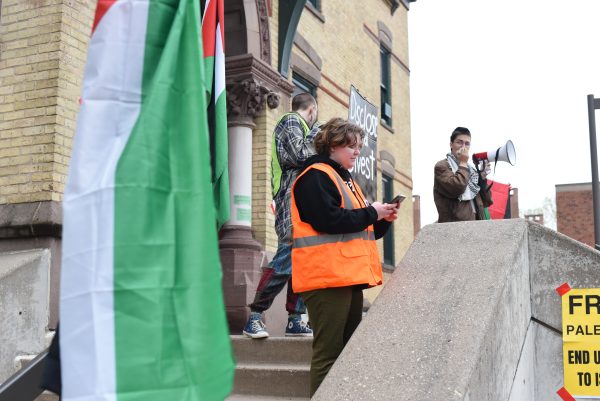
A support rally started on Old Main’s steps at 8 a.m. and by 4 p.m., the crowd had reached a peak in numbers. Supporters brought blankets, tents, supplies and signs to fill out the sprawling lawn in front of Old Main. The growing encampment on Old Main’s lawn burst into cheers when the overnight occupants emerged from the front doors and announced that the encampment on the front lawn of Old Main would continue until the demands to be discussed in the meeting are actually met, giving “no assurances” that they would leave at any guaranteed time.
Originally, the six Hamline student protestors had entered Old Main with the intention of occupying the President’s Suite but moved to the Provost’s Suite because administrators were actively working in those offices.
“The choice to occupy the Provost’s office at that time was to be in the most visible place for the most effect […] We weren’t targeting anybody working in that office, we chose it because it was an enclosed space and occupied multiple offices,” junior June Gromis, one of the students part of the internal occupation, said.
The protest addressed a resolution passed by Hamline Undergraduate Student Congress (HUSC) on March 5 calling on the university to disclose its investments and divest from those that financially support the Israeli government, and on President Murray to condemn Israel’s occupation in Gaza. Before the occupation began, no administrator or spokesperson for the university addressed the resolution.
Gromis announced that the continuance of the external encampment was important in maintaining pressure on their demands before they are discussed on Monday.
The approved agenda point items include the discussion of establishing a collaborative committee working under the Board of Trustees that examines investments and recommends divestment for issues of social consequence, similar to an established committee at Macalester College; and following the establishment of the committee, the ability to make a proposal to advocate for divestment from BDS-identified companies; and finally, an institutional statement to be released recognizing the crisis in Palestine.
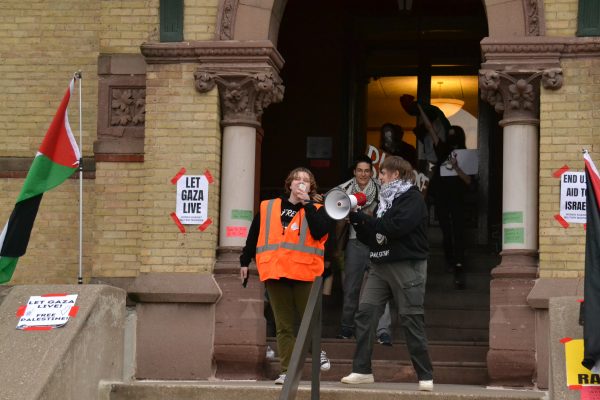
Gromis explained upon leaving the occupation how working towards the establishment of a committee meant to examine investments on behalf of the Board of Trustees is a step towards the disclosure and transparency they have been asking for, and believes the committee would continue to be an access point for students’ demands to be heard on the board.
“It also moves us closer to having a long term institutional process through which the community and especially the student voice can push for the institution to divest from certain investments that are against the values of the community, and against the values of the student body,” Gromis said.
As the cheers and chants dwindled following the announcement, student organizers spoke with Kersten and Runquist about how the encampment would be treated moving forward. They were told there would be no forced removal, and that Hamline Public Safety would be on campus and on the lawn overnight to ensure the safety of the protestors.


